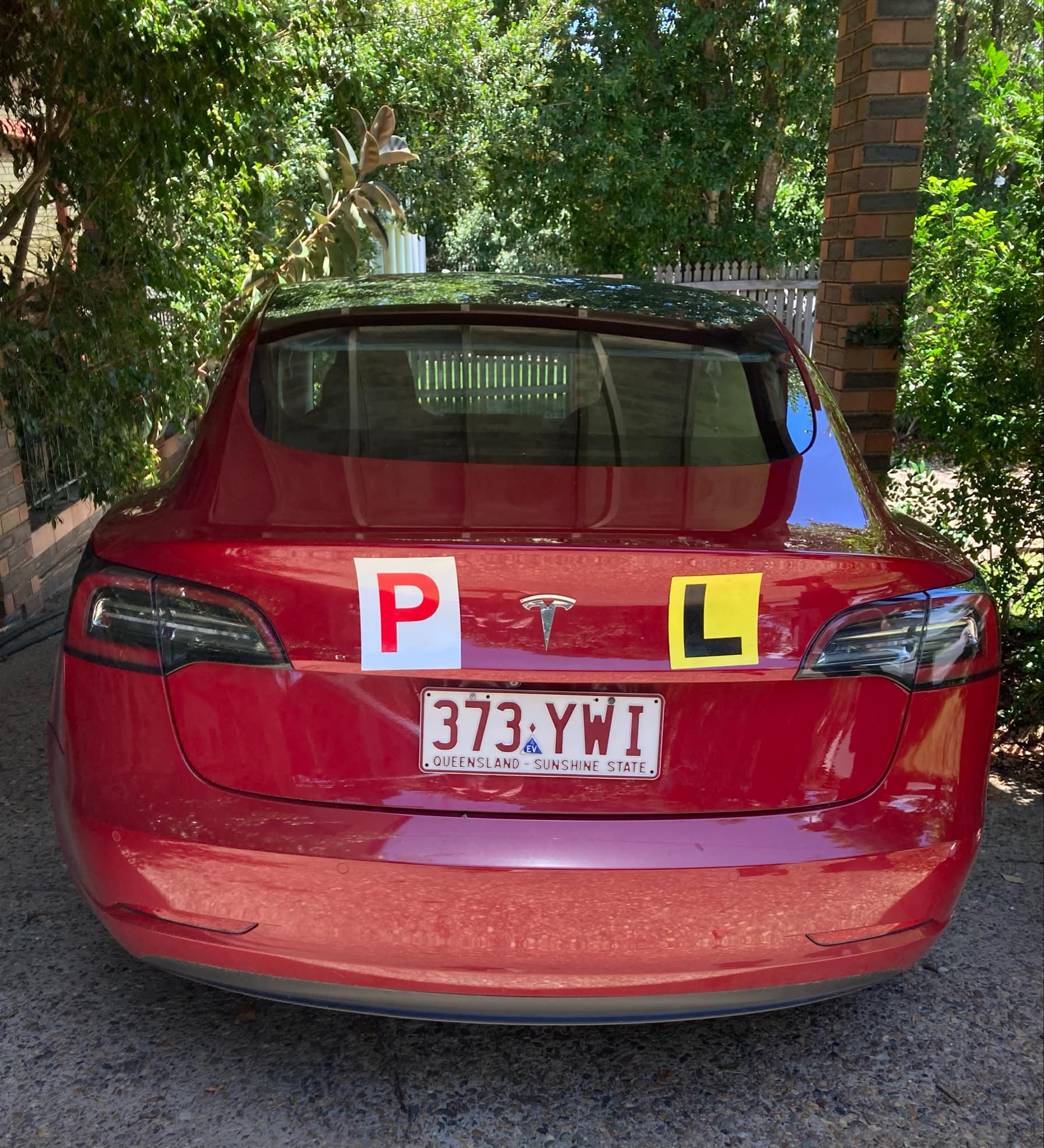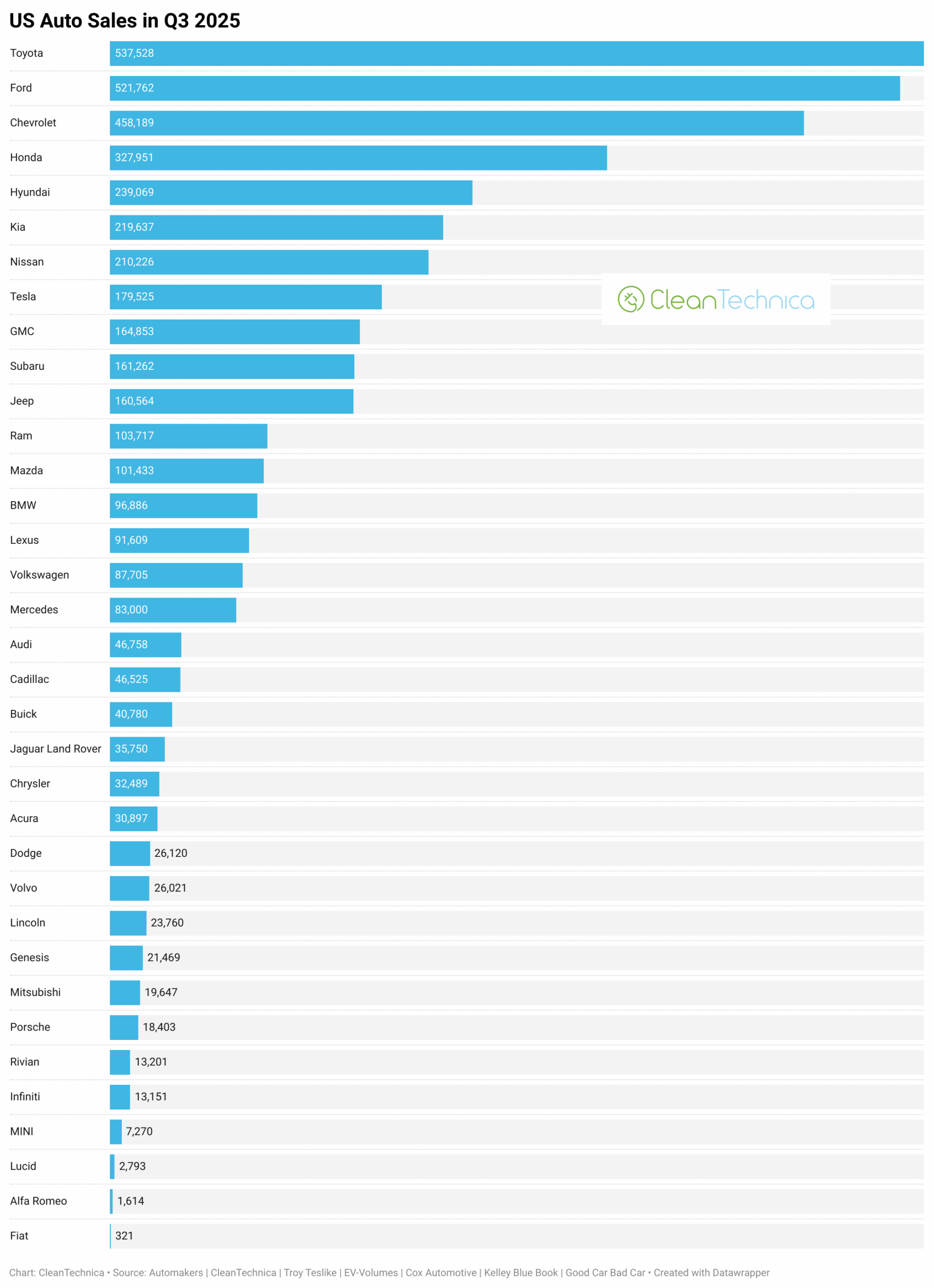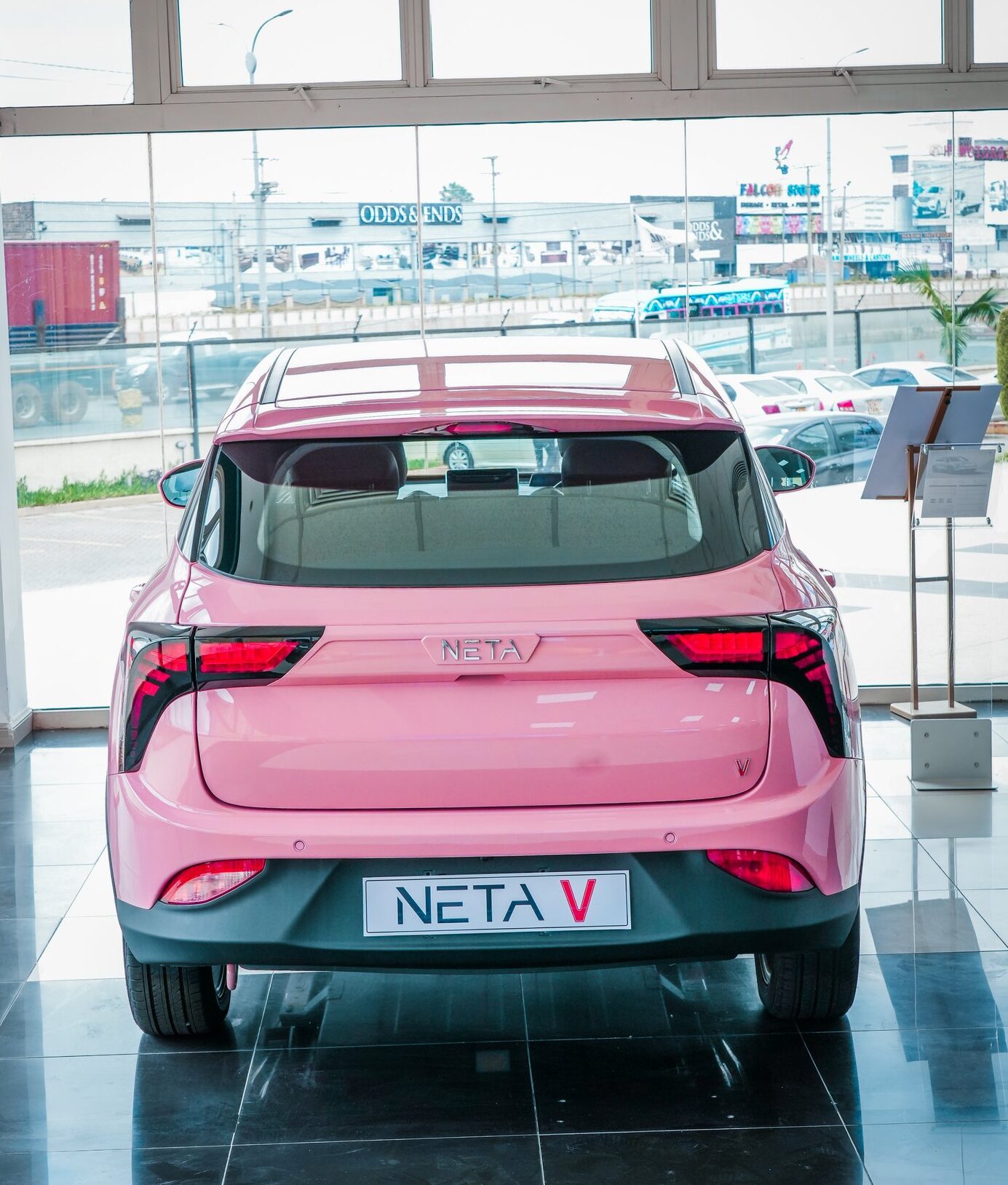
Sign up for daily news updates from CleanTechnica on email. Or follow us on Google News!
Last Updated on: 14th February 2025, 09:29 am
If the US is really going to achieve “energy dominance,” President Trump better start unfreezing some of those federal dollars, fast. Global renewable energy investors are now far more active than fossil energy stakeholders, and in some cases they are one and the same, with governments in cahoots as well. Take the state-owned Fortune 500 company Bharat Petroleum Corporation Limited, for example. It has just hooked up with the Israeli startup Eco Wave Power to tap into an estimated 40 gigawatts of wave energy along the coast of India.
The US Could Dominate The Global Wave Energy Industry …
The US is no slouch in the wave energy department, either. The US Department of Energy’s National Renewable Energy Laboratory estimates that the wave energy potential of the US adds up to about 1,170 terrawatt-hours per year, almost one-third of total US electricity demand.
Up through the Biden administration, the Energy Department managed a robust funding pipeline to support wave energy innovation, including support for the elaborate PacWave South wave converter test center off the coast of Oregon as well as tanks, laboratories, and other inland facilities. These wave test facilities were also available to innovators from around the world, through The Energy Department’s TEAMER program.
All in all, by the time Trump took office on January 20, the US was positioned to dominate the global wave energy industry.
… Or Not.
So much for energy dominance. When Trump issued a blanket — and arguably illegal — freeze on federal disbursements upon taking office, he threw the Energy Department and other federal agencies into a state of chaos. Adding to the hurt, Trump approved mass layoffs of federal workers across the board. The orders may not hold up in court, but the damage has been done. The message to global wave energy innovators and investors is that the US is an unreliable partner.
Whelp, too bad for US energy dominance. The wave industry was gearing up for commercial application all through the early 2000’s. The US could have been right there for its big breakthrough moment, but Trump fixed that with a swipe of the pen.
The Big Wave Energy Breakthrough Moment
The fact is that it’s a big world out there and a lot can happen regardless of Trump’s bluster. India is a case in point. On February 13, Eco Wave Power announced that it signed a Memorandum of Understanding with Bharat Petroleum Corporation Limited, aimed at developing a series of wave energy projects around the country.
“The collaboration aligns with India’s Ministry of New and Renewable Energy’s (MNRE) recognition of ocean energy as a promising renewable resource, with an estimated 40,000 MW of untapped potential along the country’s coastline,” Eco Wave Power notes.
The collaboration with Eco Wave Power will start small with a feasibility study and a 100-kilowatt project at a BPCL terminal in Mumbai. If all goes according to plan, future projects will leverage BPCL’s massive roster of existing infrastructure.
US Will (Probably) Get (A Little) Wave Energy, After All
The infrastructure angle could provide US wave energy with at least a small foot in the door, regardless of the ongoing Trump freeze. While many wave energy converters are designed to float in open waters, Eco Wave Power belongs to a subgroup of innovators that park wave converters on fixed coastal infrastructure, like seawalls and piers.
That remains to be seen. Unlike the offshore wind industry, fixed-infrastructure wave converters do not depend on federal offshore lease areas, which Trump also froze. However, the icy touch of Trump did halt scores of inland projects that come under the purview of the US Army Corps of Engineers, including some on private land.
A new Eco Wave Power project at the Port of Los Angeles may have escaped that fate, though that remains to be seen. On November 18, the company announced that it received its final permit from USACE, completing a major milestone on the way to installing eight of its wave devices at an existing concrete wharf at the Port.
The installation, including an energy conversion unit housed in two 20-foot shipping containers, is expected to be completed by the end of this quarter, assuming that Trump does not attempt to claw the USACE permit back.
In an interesting twist, Shell’s Marine Renewable Program is also collaborating in the project, under an agreement with Eco Wave Power announced last spring.
Shell Has More Than One Wave Energy Trick Up Its Sleeve
If Shell MRE had plans to expand its collaboration with Eco Wave Power in the US, it better check the fine print on those Trump freeze orders first. Regardless, if Trump shuts the door on the US wave energy industry, Shell is already positioned to follow BPCL into the scaled up, wave industry of the future in other parts of the world.
On February 12, another startup supported by Shell, the Danish firm Wavepiston, announced the successful installation of its third-generation wave converter at PLOCAN in Gran Canaria, in the Macaronesia region of the Atlantic. Wavepiston expects to install a total of four wave converters at the site. The devices are designed to float in open water and undulate beneath the surface, like sea serpents.
In addition to support from Shell, Wavepiston is also supported by the Technical University of Denmark and Aalborg University, and by a €2 million grant from Denmark’s Energy Technology Development and Demonstration Program.
Meanwhile, the US wave energy industry was supposed to get a further assist from the Energy Department, which provided the University of Michigan with four new grants totaling $5 million to spearhead improvements in mooring lines and other features of offshore wave deployment. Similar improvements for floating offshore wind turbines were to be included in the program as well.
Participants in the program included the Pacific Northwest National Laboratory, the National Renewable Energy Laboratory, Sandia National Labs, the American Bureau of Shipping and Virginia Tech.
If you’re wondering about the ABS connection, that’s a good question. ABS is a a leading classification organization for the global shipping industry. In 2016, ABS endowed the position of “American Bureau of Shipping Professor of Marine and Offshore Design and Performance” at UM, just in time to enfold the emerging wave energy industry as well as floating offshore wind.
UM announced the new Energy Department grants on January 14, just six days before Trump took office and shut things down. No word yet from ABS on that, but if the marine energy industry dries up in the US, the organization can always take its business elsewhere, having established scholarships and endowments in China, Greece, Italy, Japan, and Korea.
If you have any thoughts about that, drop a note in the comment thread. Better yet, call your representatives in Congress (insiders say that calling is the most effective way to make your voice heard).
Photo (cropped): What energy dominance? The global wave energy industry is picking up a head of steam, leaving the US far behind (courtesy of Eco Wave Power).
Chip in a few dollars a month to help support independent cleantech coverage that helps to accelerate the cleantech revolution!
Have a tip for CleanTechnica? Want to advertise? Want to suggest a guest for our CleanTech Talk podcast? Contact us here.
Sign up for our daily newsletter for 15 new cleantech stories a day. Or sign up for our weekly one if daily is too frequent.
CleanTechnica uses affiliate links. See our policy here.
CleanTechnica’s Comment Policy




